Cessna CH-1 Skyhook – A Unique Chapter in Cessna’s History
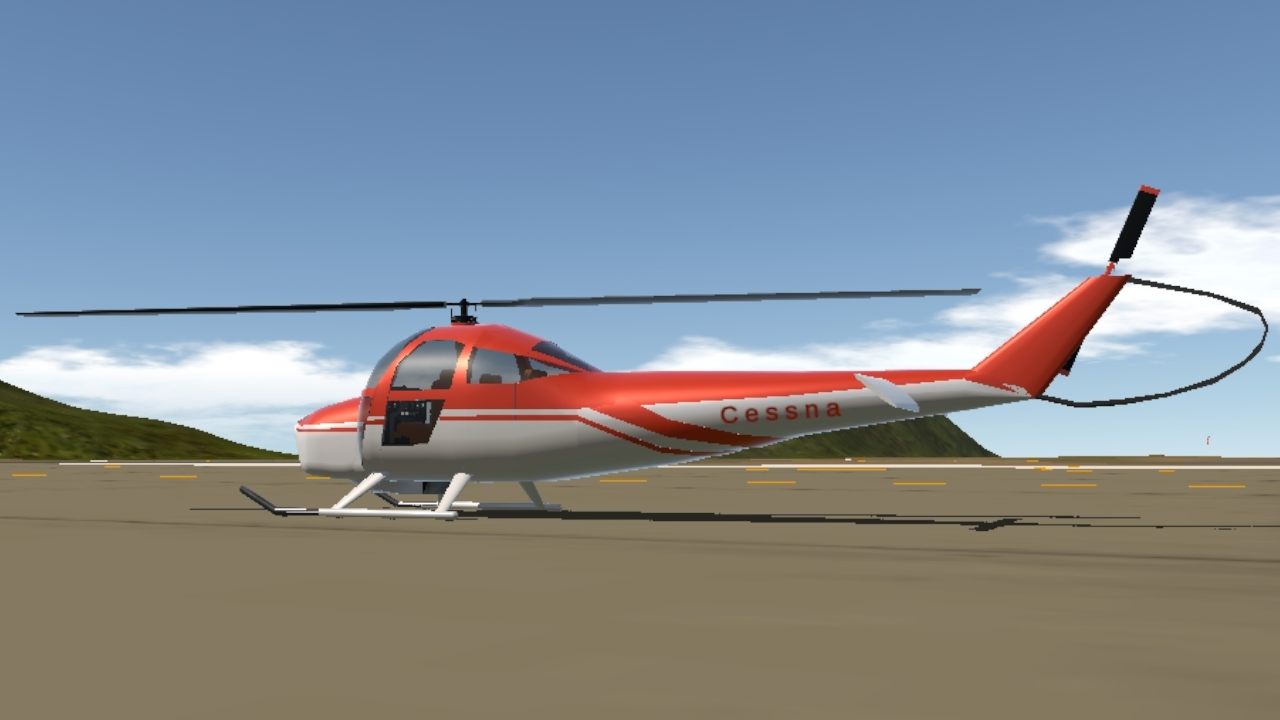
The Cessna CH-1 Skyhook was Cessna's first and only attempt at producing a helicopter. It originated in the early 1950s after Cessna acquired the Seibel Helicopter Company in 1952. The CH-1 was developed from the Seibel S-4B design and marked a bold effort to expand Cessna’s footprint beyond fixed-wing aircraft.
The CH-1 featured a distinctive layout, including a front-mounted horizontally-opposed piston engine (a departure from typical helicopter configurations), which gave it a forward center of gravity similar to conventional airplanes. It also retained a semi-monocoque fuselage structure—another trait borrowed from Cessna’s fixed-wing designs.
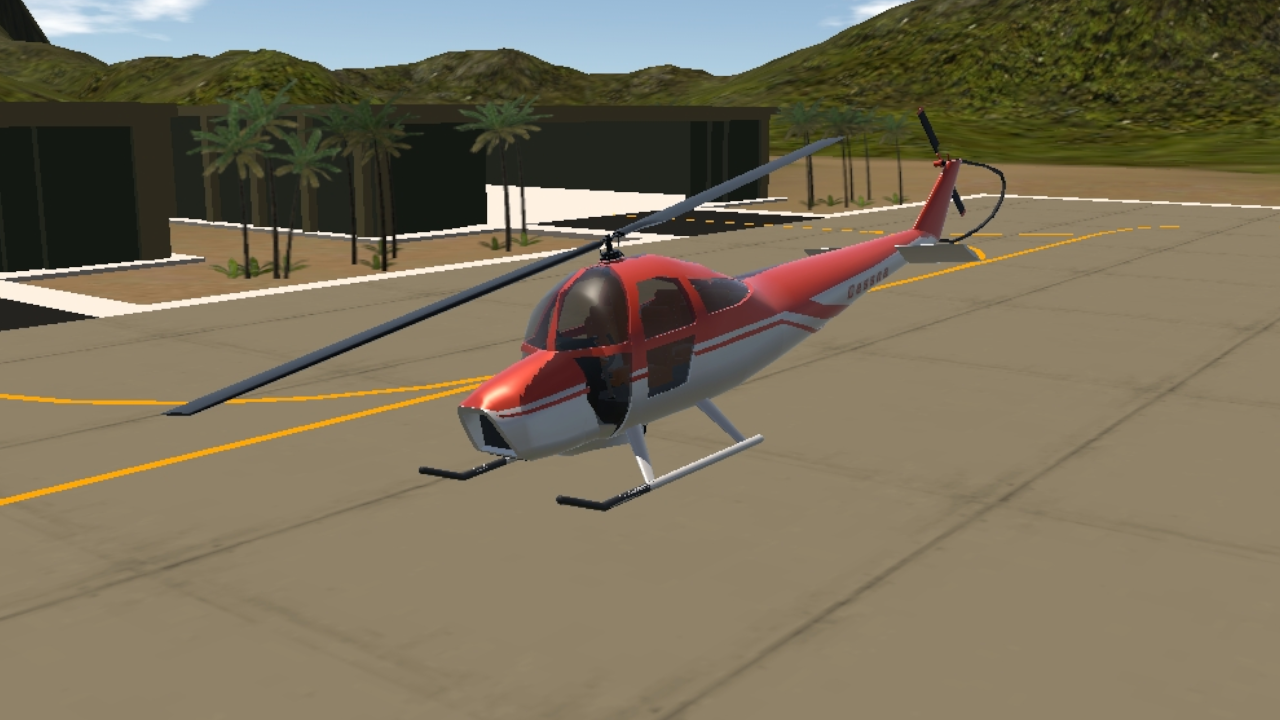
First flown in 1953 and certified by 1955, the CH-1 was marketed for both military and civilian use. It briefly served in the U.S. Army as the CH-1C, primarily for observation and utility roles. Despite some technical innovations, the CH-1 faced design limitations, particularly with engine cooling and structural vibrations. Its unconventional design made it difficult to compete with other helicopters of the time.
Production ended in 1962 after fewer than 50 units were built, making the CH-1 a rare and often overlooked piece of rotary-wing aviation history—and the only helicopter ever to carry the Cessna name.
Specifications
Spotlights
- CaptainBrayden 6 months ago
- DARZAVIATION 6 months ago
- Carsonkiddy2 6 months ago
- TheFlightGuySP 6 months ago
- C47skytrain 2 months ago
- dabestsock 6 months ago
General Characteristics
- Created On Android
- Wingspan 9.3ft (2.8m)
- Length 46.0ft (14.0m)
- Height 11.0ft (3.4m)
- Empty Weight 1,564lbs (709kg)
- Loaded Weight 5,129lbs (2,326kg)
Performance
- Power/Weight Ratio 11.137
- Wing Loading 317.7lbs/ft2 (1,551.1kg/m2)
- Wing Area 16.1ft2 (1.5m2)
- Drag Points 4542
Parts
- Number of Parts 207
- Control Surfaces 0
- Performance Cost 849


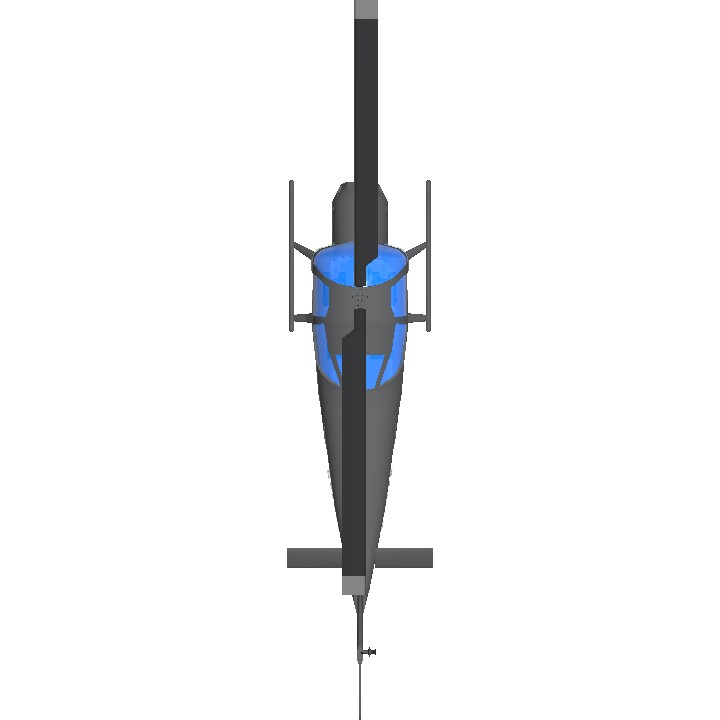
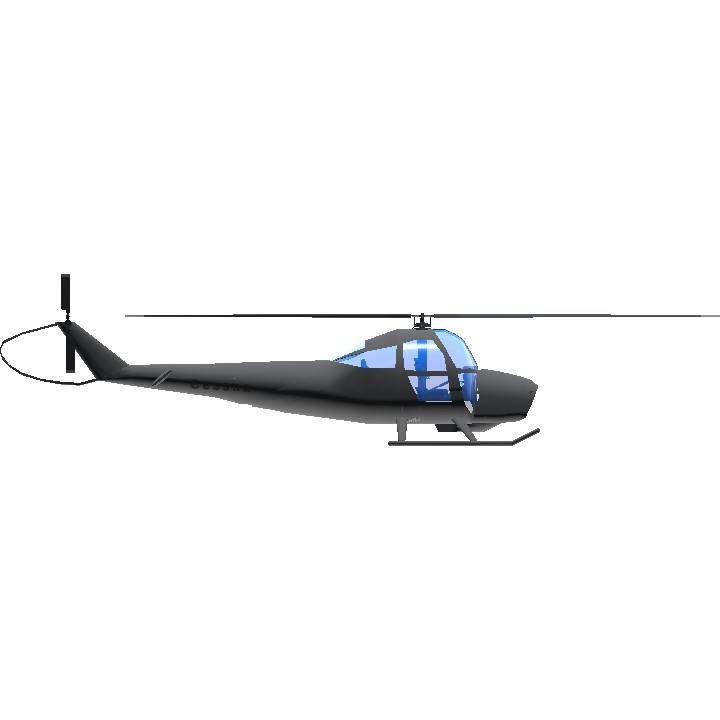
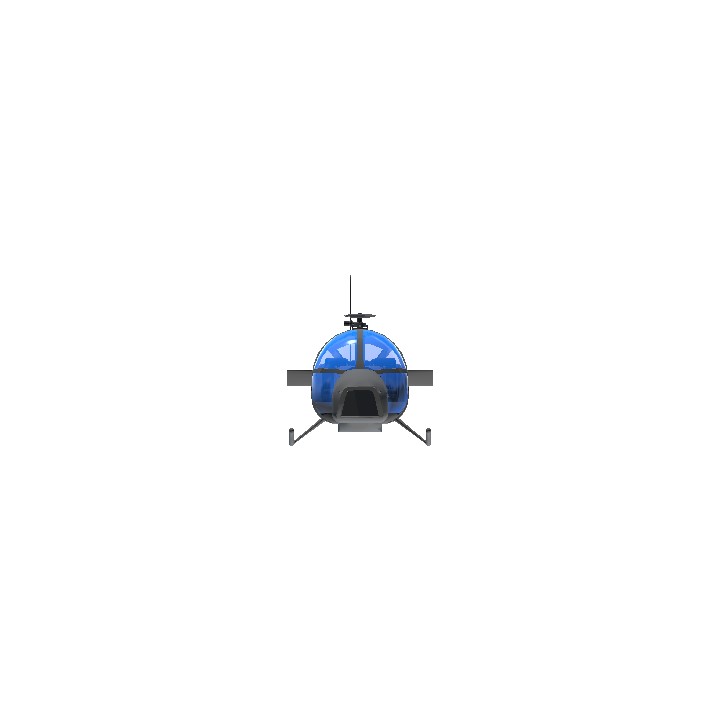
Noice